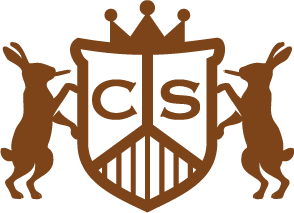
About us
Welcome to The Cigar Shop, founded by a team of cigar aficionados, keen to share the most premium tobacco blends and maintain the classic tradition with keen enthusiasts across the UK.
Discover a world or rich flavours and speak to our team of experts about our handcrafted range.
-
PART OF THE GREEDY GORDONS GROUP
The Cigar Shop is part of The Greedy Gordons Group, Northamptonshire's award-winning premiere pub group.
From fine-dining and gastronomic excellence, to our countryside Buttery Cafe and Farm Shop, there's something for everyone.
-


